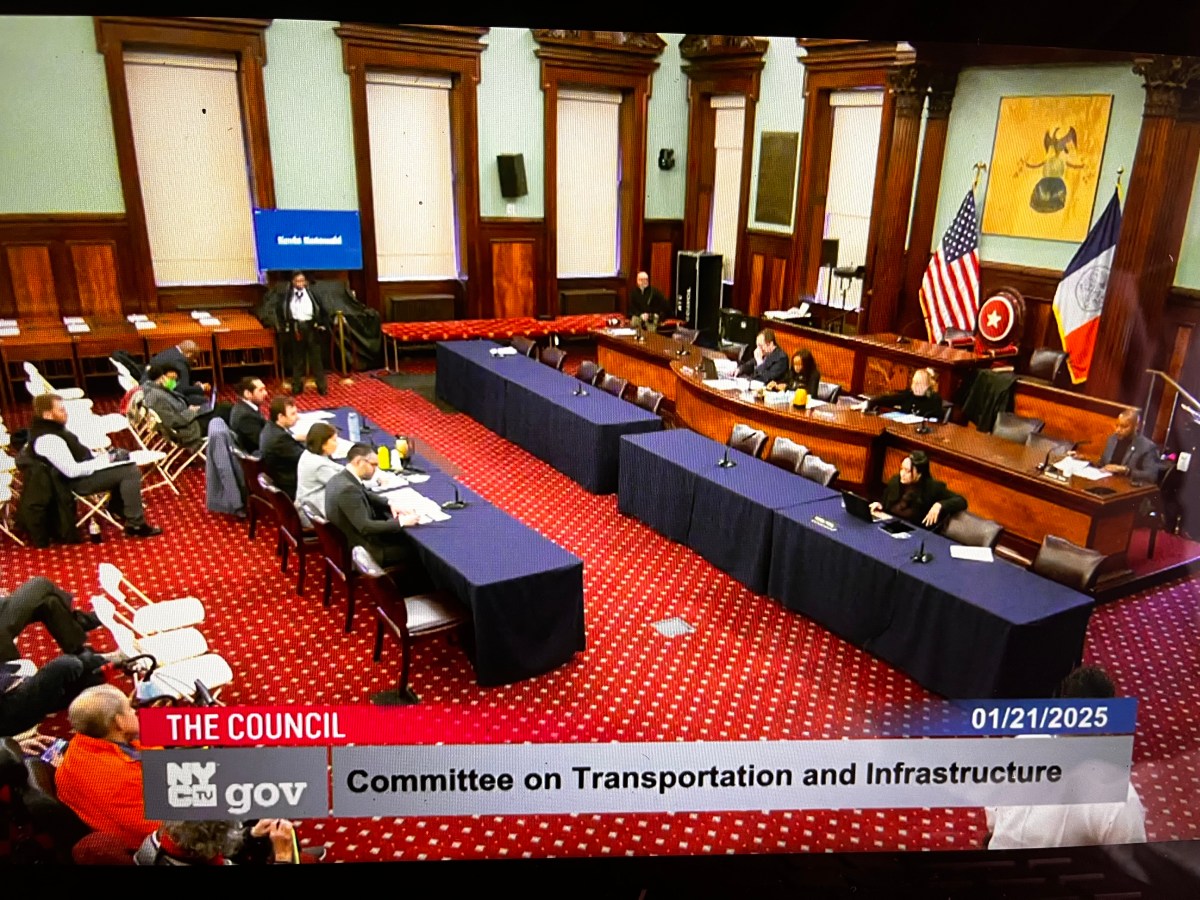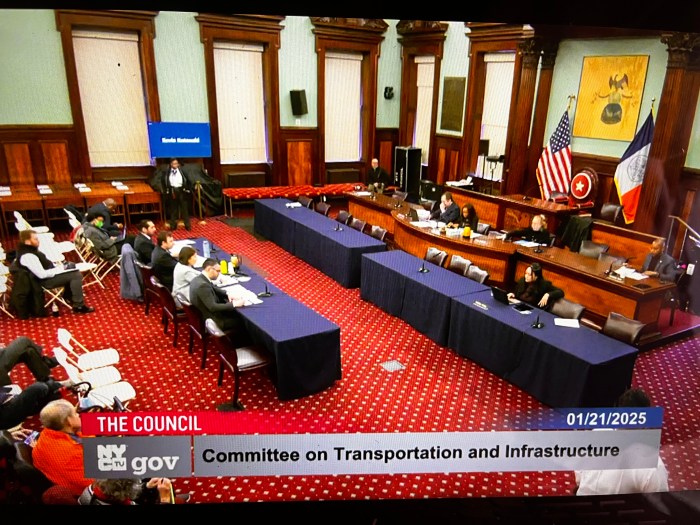
Thirty-seven Wall St. was at the center of a lawsuit that could have opened the floodgates for rent-stabilized apartments in Lower Manhattan, but that didn’t happen.
BY DUSICA SUE MALESEVIC | What does a rent stabilized building look like? If it’s in the Financial District, it could look like 37 Wall St. — a stately building that also houses Tiffany & Co. and is across from a Trump tower.
Over five years ago, a housing court decision centered on 37 Wall St. could have opened the floodgates of rate-stabilized apartments in Lower Manhattan — instead a trickle happened.
“That ruling had the potential of regulating about 5,000 apartments in the Financial District,” said Serge Joseph, a lawyer with Himmelstein McConnell. “Since then, unfortunately, not much has happened.”
Today, thousands of Downtown units — at least 3,400 — may still be eligible for stabilization but whether tenants take advantage is another matter.
(Some buildings that are under the 421-g program are in the chart that accompanies the article.)
In the 2009 case, Maverick Scott, a tenant at 37 Wall St., refused to pay his $4,920 rent due to the condition of his apartment, which he told Downtown Express then had been overrun with mice. The landlord took him to court and during the proceedings, it was discovered that his building was receiving the 421-g tax break, which only affects Lower Manhattan. The court ruled that the apartment should be rent stabilized.
The 421-g tax abatement program was introduced by then Mayor Rudy Giuliani in the ‘90s to encourage developers to convert aging Lower Manhattan offices into residences. While owners receive the benefit, apartments in the buildings are subject to rent stabilization, which offers tenants protection from high rent increases and the right to renew their lease.
Tenants in affected buildings were reluctant to give their full names to a reporter.
Sarah, a tenant at 37 Wall St. since Sept. 2013, said that she was informed that her apartment was stabilized and her last rent increase was small.
David, a tenant in the same building, said, “I don’t notice it,” when asked about the rent stabilization.
He had the opposite experience — saying his rent was increased by a substantial amount. It wasn’t a trick, he said, but rather part of the complexity of the system. A tenant for a little over a year, he said that the rent stabilization part was buried in his lease.
Tiffany Winbush, a Community Board 1 member, lived at 37 Wall St. for five years. Prior to the final two years of her lease, she learned that her building was stabilized after Tom Goodkind, another board member, and the Housing Committee compiled a list of all buildings under the 421-g program.
“Thirty-seven Wall’s stabilization clause helped ensure that I received only nominal rent increases during my annual lease renewal process,” she said in an email.
Joseph, who was Scott’s lawyer, has continued to defend tenants in similar cases, and gave an update to C.B. 1’s Planning Committee at their meeting on Mon., June 8. On May 20, a New York State Supreme Court judge affirmed the lower court’s decision that when a building is under the 421-g program, its units can indeed be rent stabilized.
In that case, the owner of 25 Broad St. tried to evict Thomas and Patricia Bransford from their apartment, according to court documents. The building was under the 421-g program and Judge Shlomo S. Hagler ruled that their apartment was rent stabilized, according to court documents.
Joseph said in his current case, a family that had lived in an apartment for years and paid incremental increases in rent got concerned when “lo and behold, at their last renewal lease their landlord at 85 John St. sought a 29 percent rent increase.”
Joseph said many tenants have not taken advantage even though the 2009 decision was well publicized and C.B. 1 has worked to get the word out.
“Some people, at least [that] I spoke to anyway, they’re afraid to challenge their landlord — even though they have the right to do so,” said Diane Lapson, a community board member and tenant leader at Independence Plaza in Tribeca.
Lapson pointed out that even apartments with high rents could be stabilized if the owner takes part of the 421-g program.
A tenant can file a rent overcharge complaint with the Division of Housing and Community Renewal to figure out whether their apartment is rent stabilized.
Goodkind, who has worked with Joseph to spread the word, said later in a phone interview that the reason many have not filed is that some renters are transient — not looking to put roots down in the community. It is those that want to stay that will take the time to fill out the form, he said.
State Sen. Daniel Squadron said at this point, some tenants have probably moved in after the abatement has burned off. In 2006, the 421-g program was sunsetted.
“A lot of people living in Lower Manhattan, living in these converted buildings, it never occurs to them that this rent stabilization might actually be about them and about our neighborhood,” Squadron said in a phone interview.
“I think it’s a real shame because it absolutely is and should be,” he added. “It’s actually a broader problem that we see that people aren’t told when they move in that their home is rent stabilized then they are going to end up having their right taken away from them.”
At the meeting, Goodkind said that rent stabilization is “very good for promoting the kind of community that we enjoy.”
The New York City Dept. of Finance, which administers exemption and abatement programs, shows on its website how much owners are getting in tax breaks. For example, at 10 Hanover Sq., the tax was near $2.6 million — the same as the abatement. That means the owners paid no property tax on a building with an estimated market value of over $98 million, according to the Dept. of Finance’s website.
“These owner-operators are really enjoying some fantastic years,” said Goodkind. “It requires stabilization and they’re not doing that.”




































